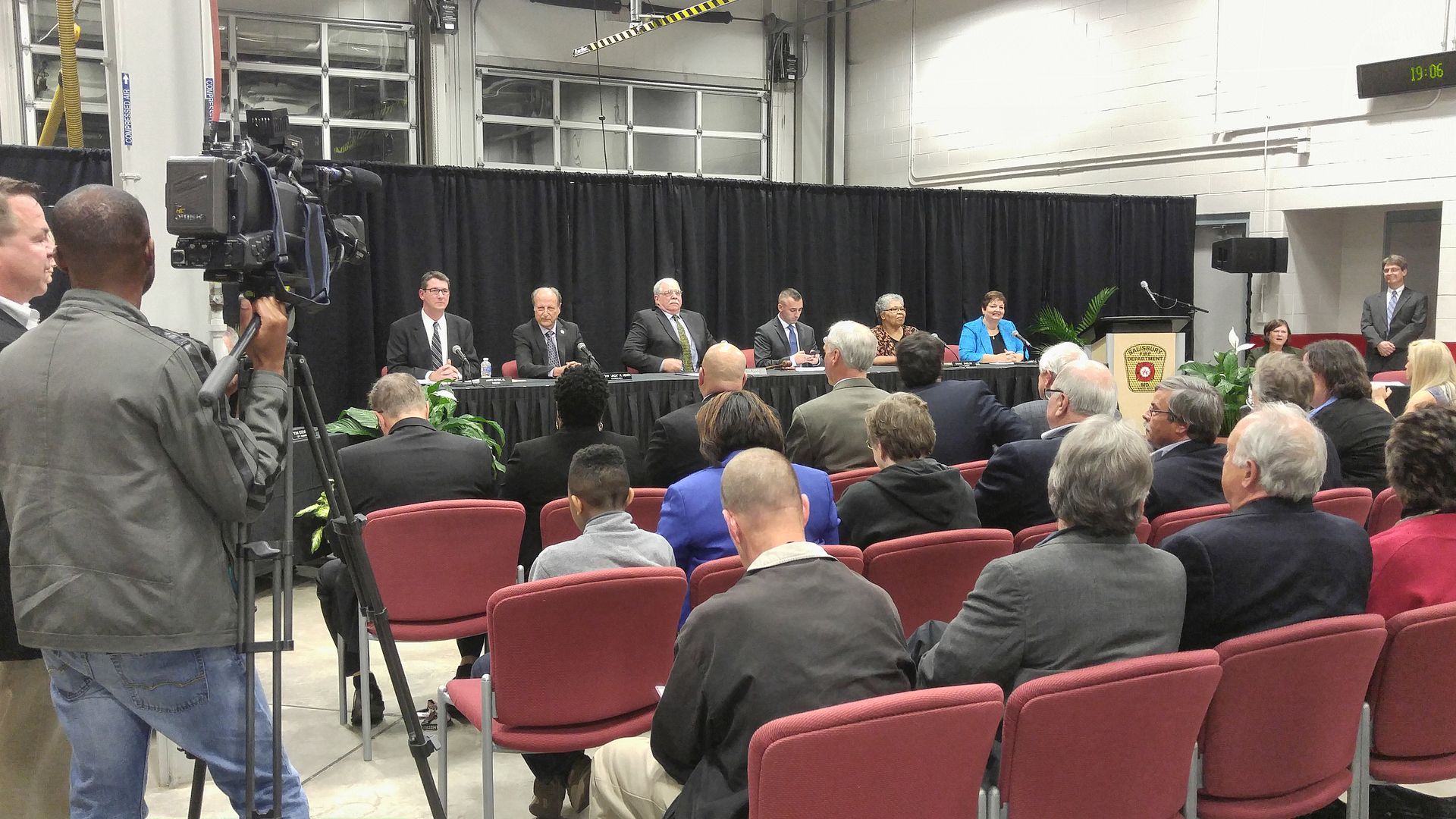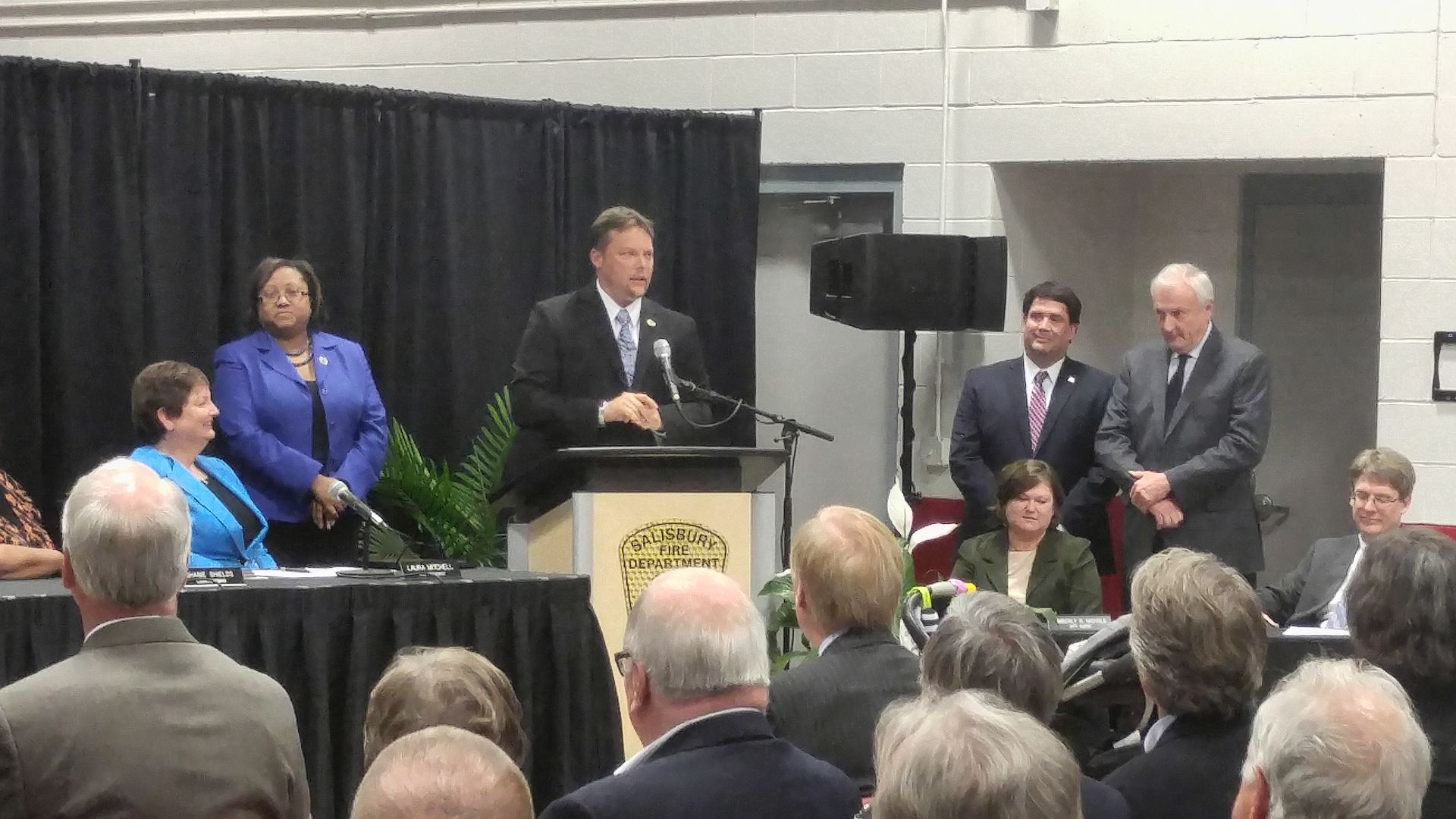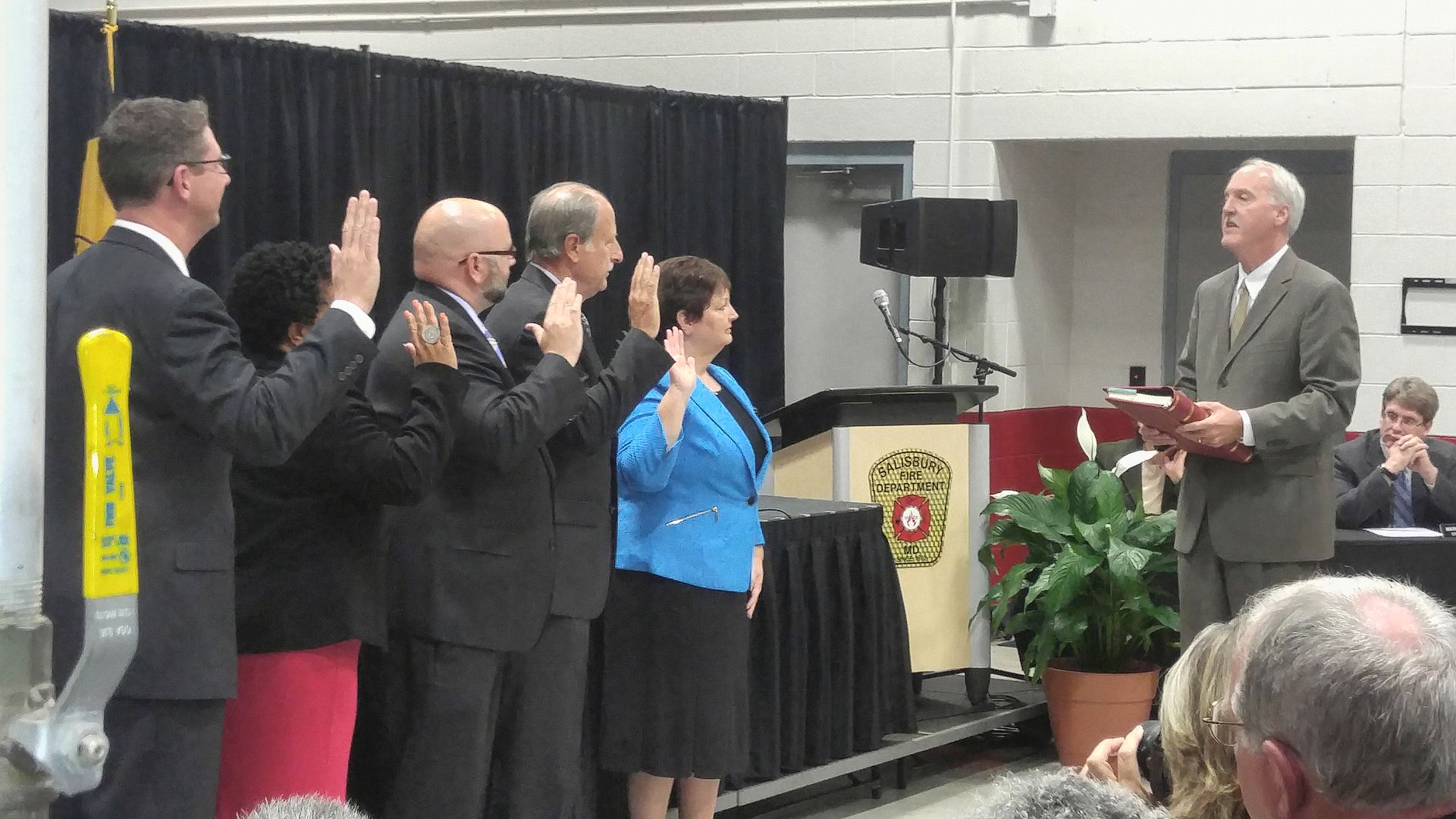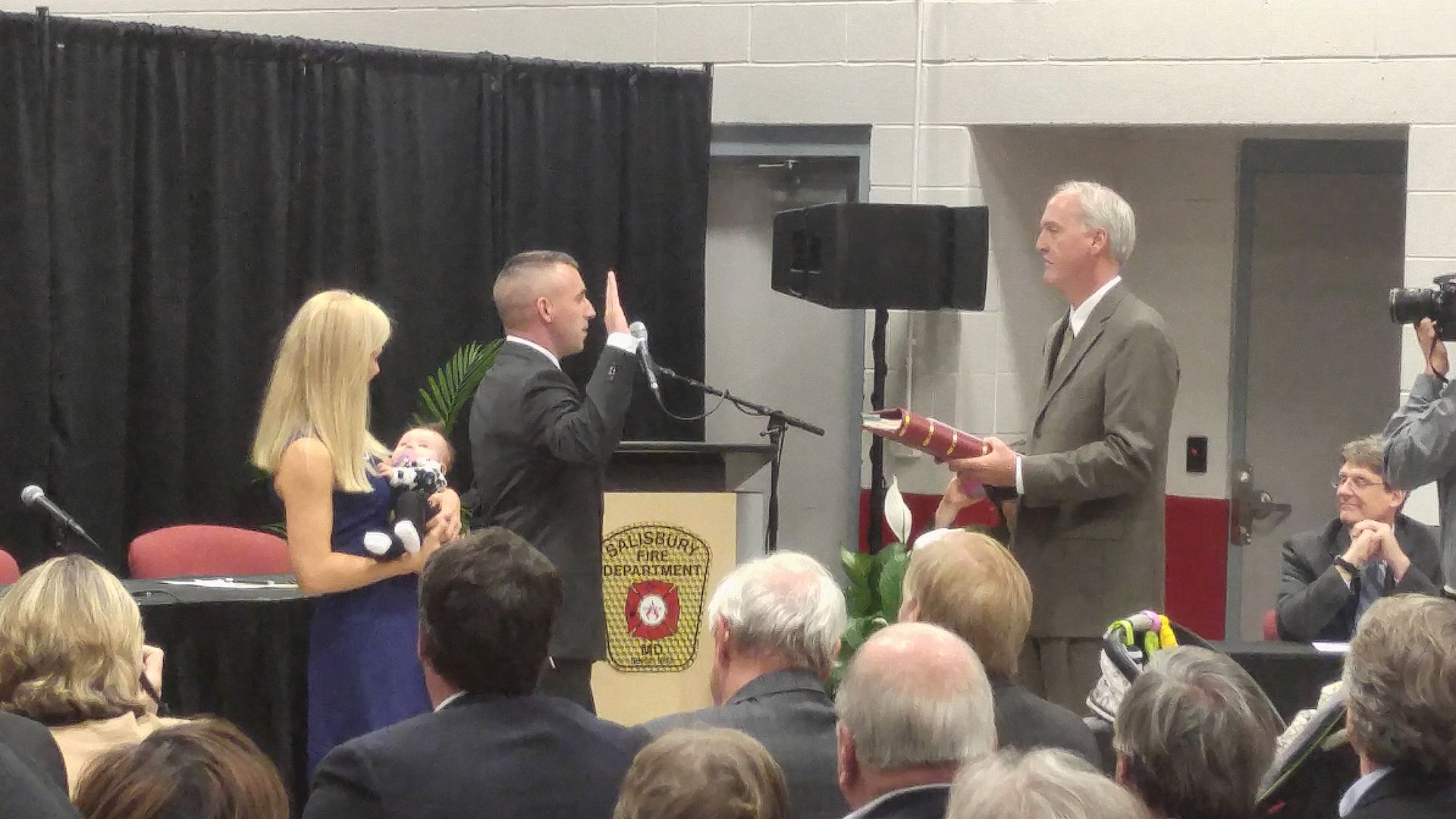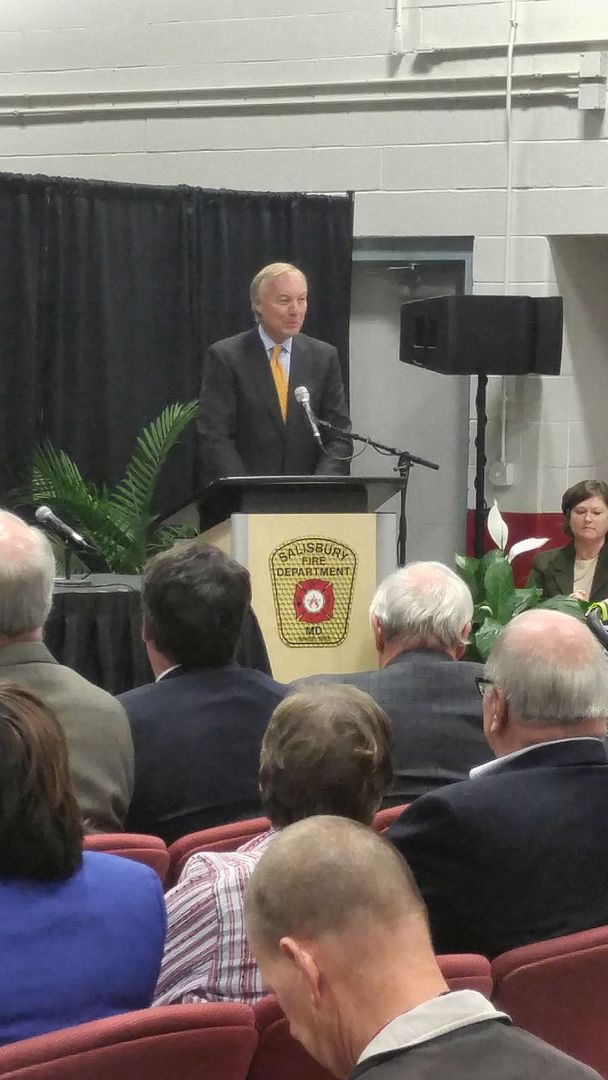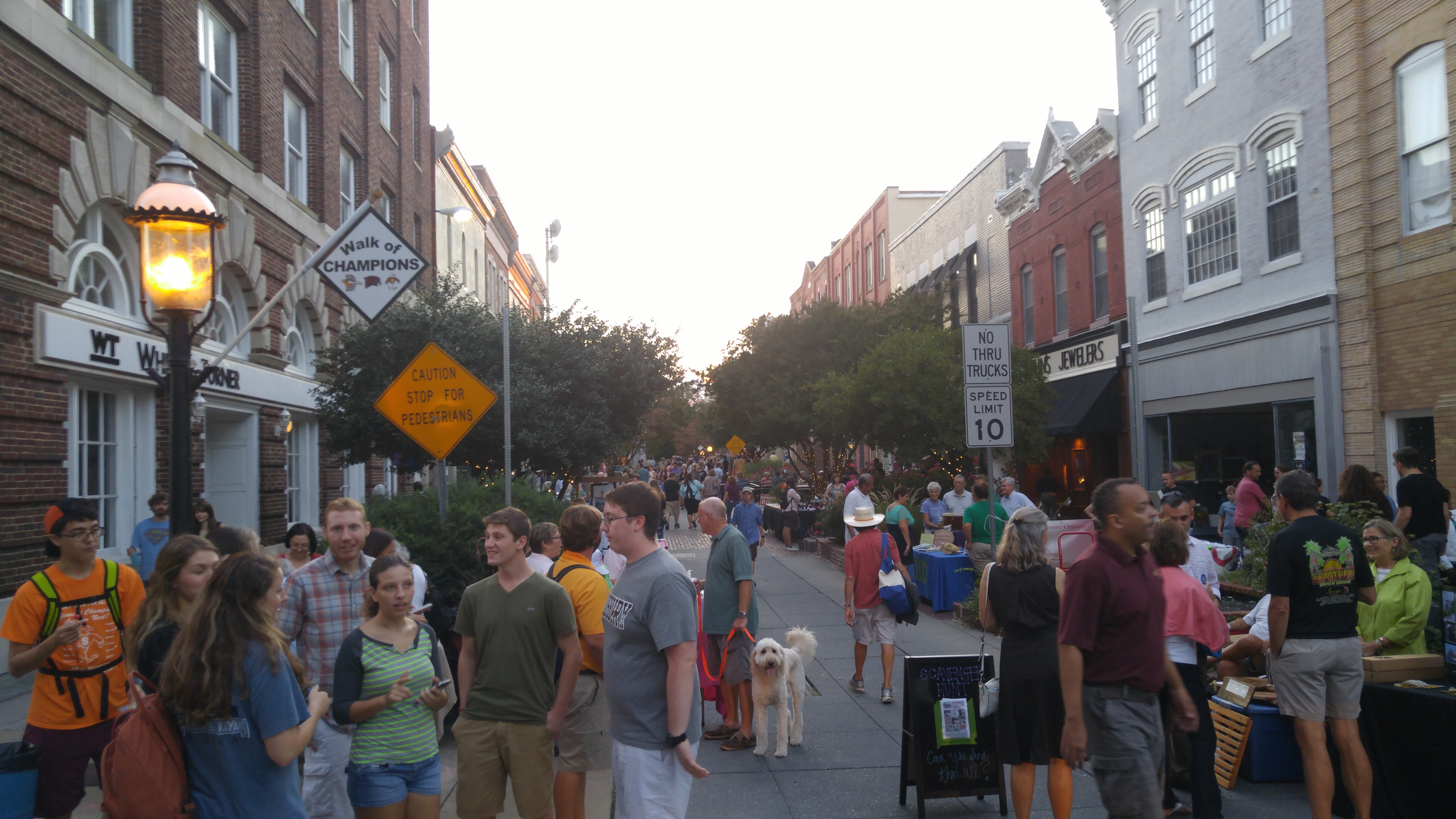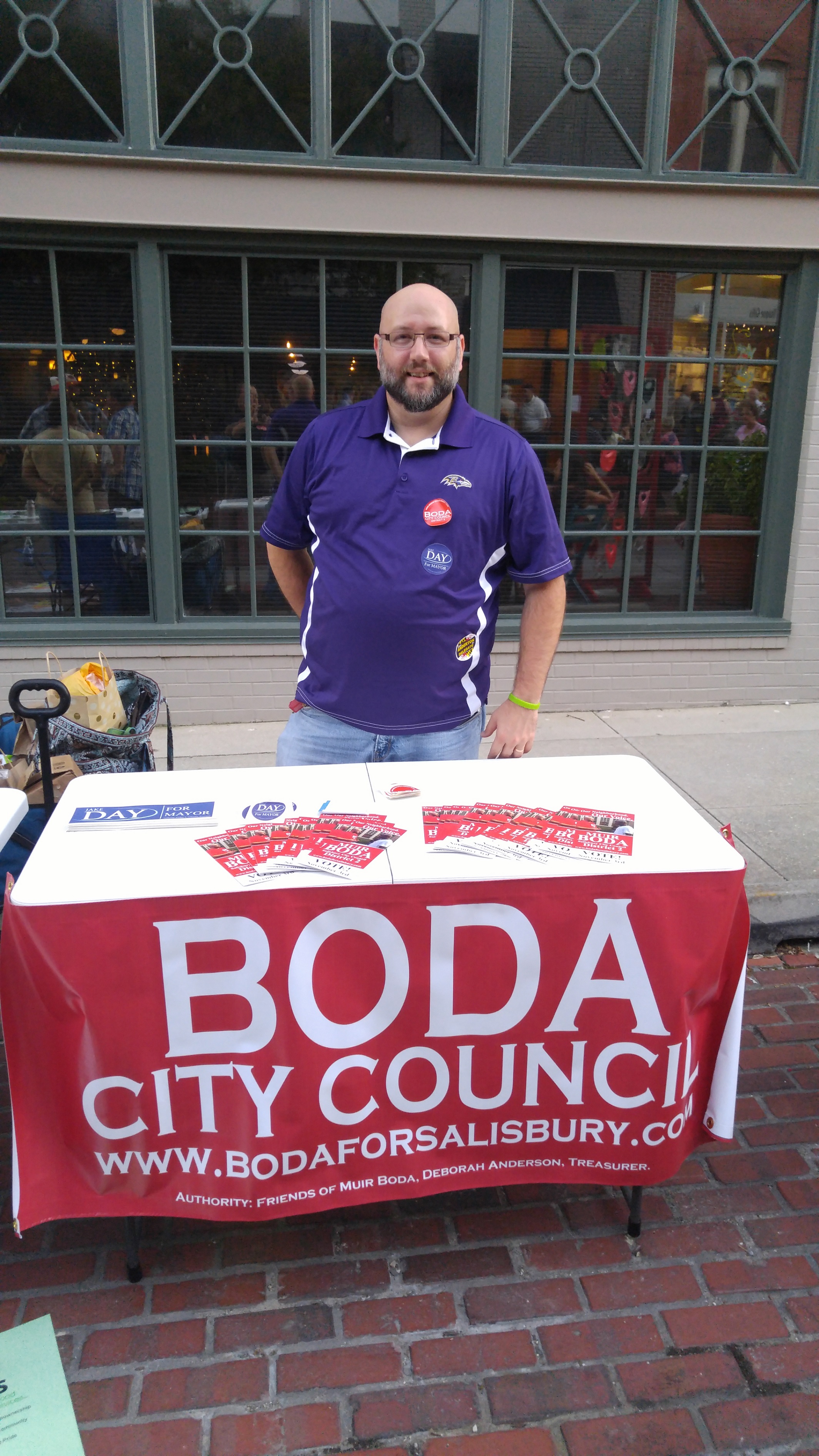One nice thing about Salisbury elections is that money unspent in the campaigns is not carried over to the next election but is required to either be returned to contributors or given to another entity, normally a charity. (There are exceptions, though – stick with me, it’s called foreshadowing.) With the release of the final financial statements earlier this week, I was curious to see where all the money went.
I’ll begin with the City Council races and District 1, where defeated incumbent Shanie Shields distributed $959.48 to a number of organizations around her neighborhood. $500 went to the Chipman Foundation while smaller amounts were received by the Wesley Temple, Operation We Care, and two local elementary schools, West Salisbury and Pemberton. Meanwhile, the winner April Jackson donated her modest leftover sum of $26.82 to the Salisbury Advisory Council while Sarah Halcott closed out her books by donating $96.13 to the Art Institute and Gallery. That made sense given Halcott’s line of business as an artisan.
There wasn’t a lot of money left in District 2, as the only candidate to file a final statement was victor Muir Boda. Boda gave $39.61 to Salisbury Neighborhood Housing Services.
District 3 winner Jack Heath had much more unspent, as he distributed $1,495.80 among four recipients: Lower Shore Enterprises, Operation We Care, the Salisbury Zoo, and the Joseph House. Amounts ranged from $325 to $500 for each. Neither of the other candidates had leftover funds at the end of the campaign.
Lots of money flowed into District 4, but not all of it was spent campaigning. Jim Ireton split the $399.96 remaining balance equally between the Wicomico High softball team, Tri-Community Mediation, and the Wicomico Public Library Homework Help Center. On the other hand, Roger Mazzullo had no money remaining.
Finally among the Council members, Laura Mitchell did not need to file a report. She was the lone unopposed Council candidate, as was Mayor Jake Day for his post. And that’s where the story gets interesting.
First of all, Day was two days late in filing his report because he has a discrepancy between his records and accounts of $764.85. I make no accusations as to funny business; most likely someone put a number in the wrong column or the bank messed up. There are any number of logical reasons for the error.
More importantly, though, Day had over $10,000 to distribute – getting contributions when running unopposed will tend to do that – and he chose to make two disbursements. Instead of charitable contributions, though, as of this week we have two brand new state political entities:
- Jake Day for Maryland had an initial contribution of $6,000. Day serves as the chairman and his campaign treasurer Jordan Gilmore retains that role for the new entity.
- The New Day for Maryland PAC got the remaining $4,075.89, with Day’s campaign manager Alison Pulcher serving as chair and Gilmore as treasurer.
Note that the PAC is not to be confused with the New Day MD PAC that former gubernatorial candidate Charles Lollar began in 2009. Lollar’s PAC, as of its 2015 report filed in January, has less than $250 to its name.
Naturally these new campaign finance entities make me wonder if Day is going to serve a full term unhindered by political aspirations or perhaps challenge Bob Culver in 2018. Heck, even Jim Ireton – who has strongly hinted about a Congressional run – didn’t move his city money to create a federal account. (Ireton’s had a state account for a few years, with just over $1,000 in it at last report back in January.) But the campaign entity can also serve as a warchest to stave off challengers in the next city election, too.
In the meantime, we should be proud that much of the leftover campaign cash will be doing good in the community. With the elections now set for November, the contributions came as a nice Christmas gift to several local entities. It will have to tide them over through 2019, though.
Update: Day responds:
@monoblogueUS quote if u need: only job I want is #SBY Mayor but uncontested or no, Im not giving away my donors' $. They made an investment
— Mayor Jake Day (@jacobrday) December 24, 2015


